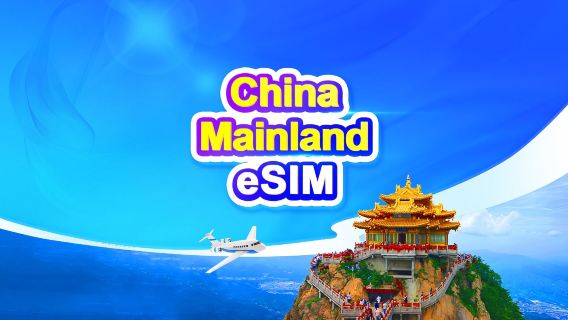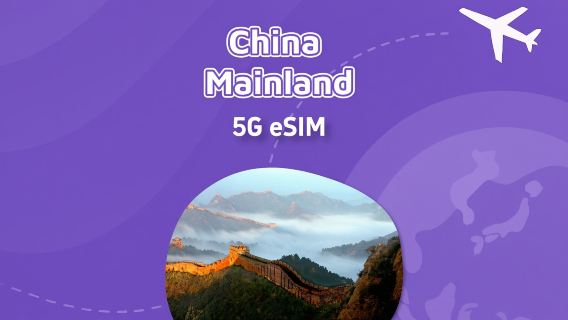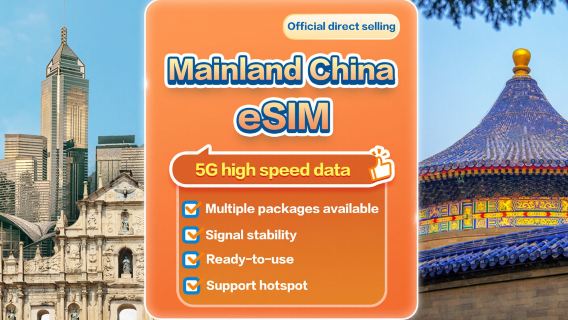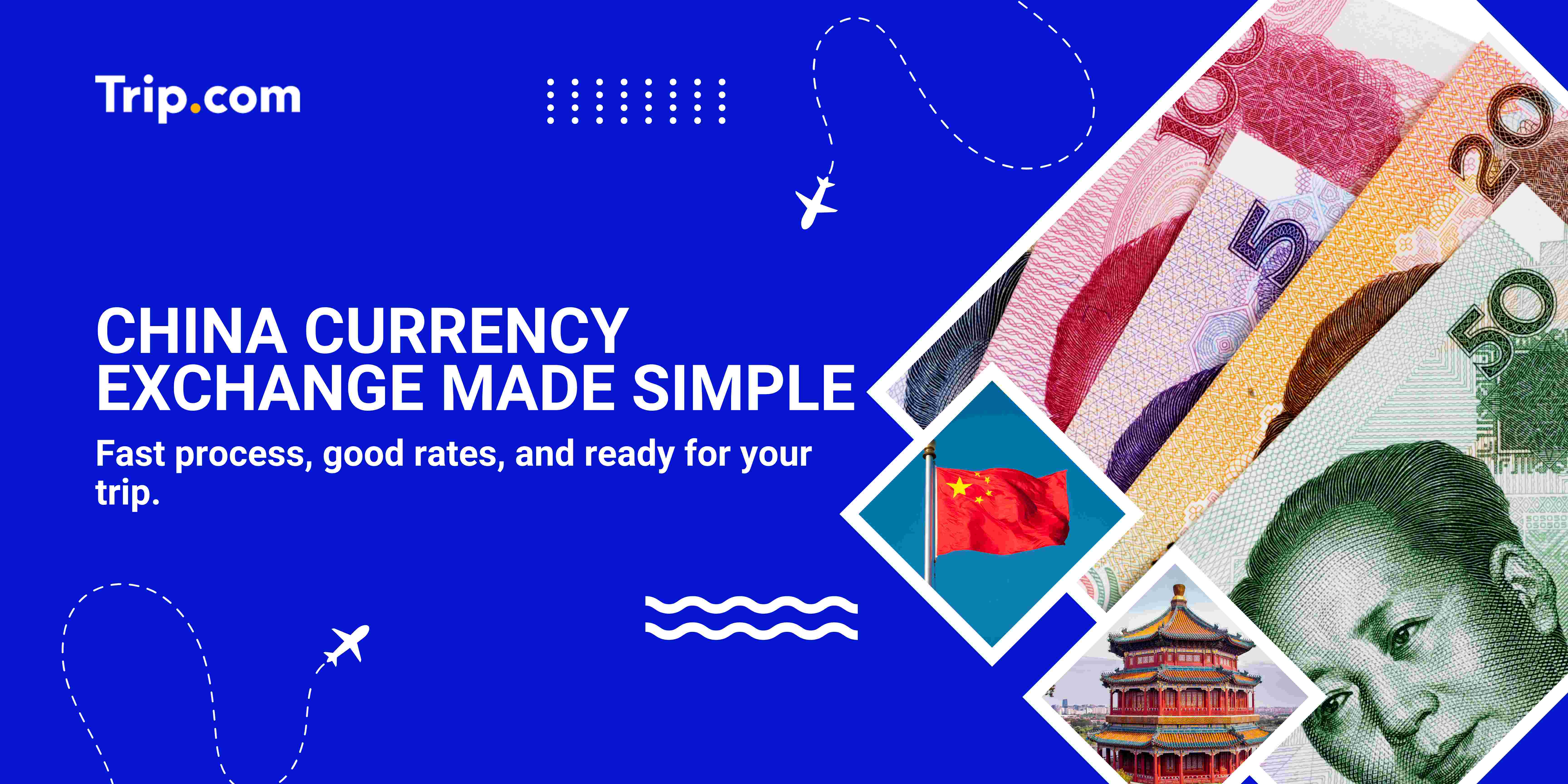
Planning a trip to China soon? Before you pack your bags and book your tours, one of the first things you need to understand is their money. Many Filipino travelers find this part tricky on their first visit because the system is quite different from what we’re used to at home. Knowing how to handle China’s currency can save you from unnecessary stress, help you budget better, and make your trip a lot smoother.
💴 What Is the Currency in China?
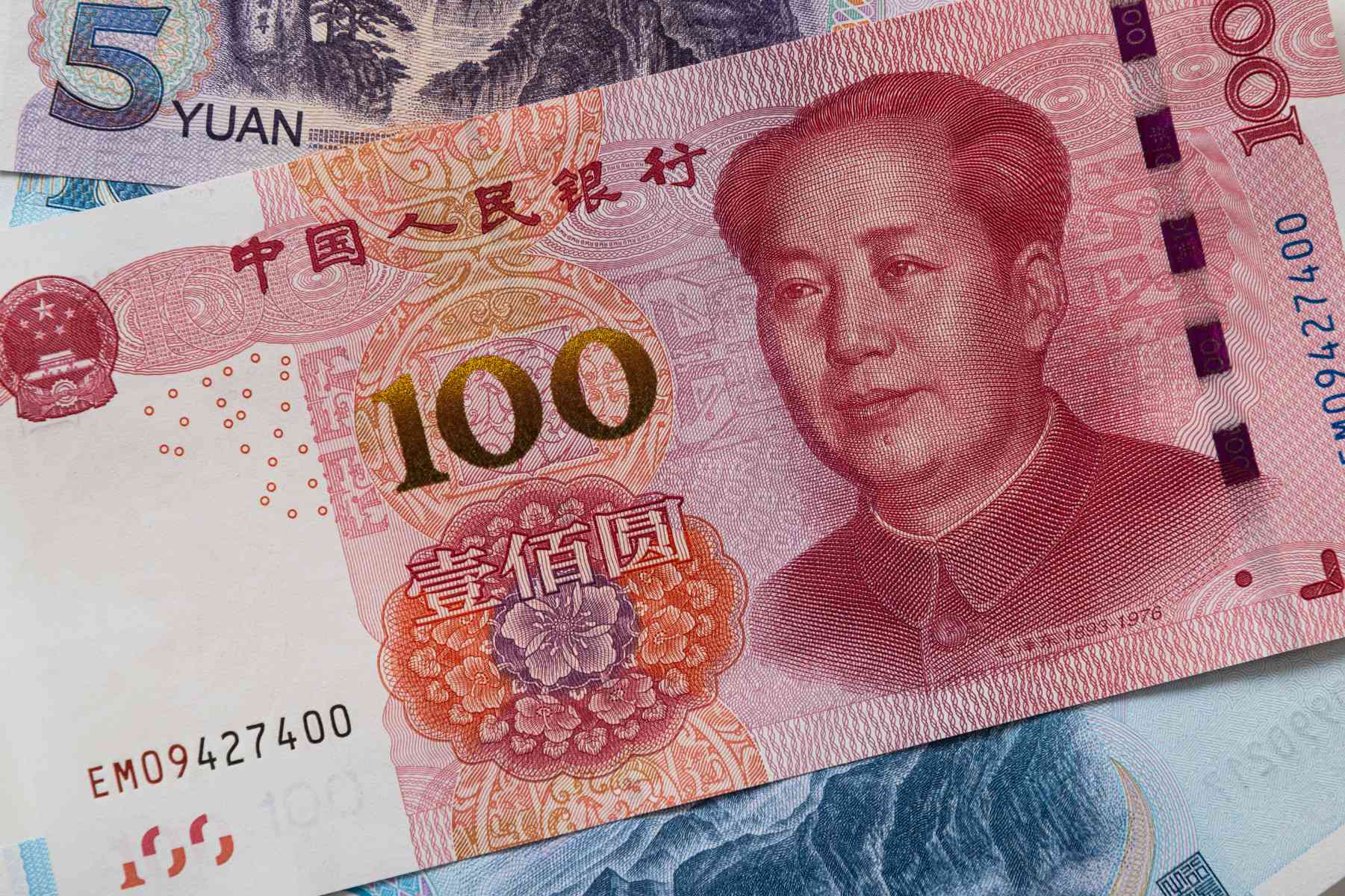
First things first, many Filipinos get confused when they hear both “Renminbi” (RMB) and “Yuan” (CNY). Don’t worry, I had the same question before my first trip to China.
Here’s the easy way to remember it:
- Renminbi (RMB) means “people’s currency” in Mandarin. That’s the official name, managed by the People’s Bank of China.
- Yuan (CNY) is the actual unit of money. Think of it like how we officially say “Philippine Peso,” but in daily life, we just say “peso.” Same idea.
- The symbol is ¥, but since Japan also uses ¥ for Yen, you’ll sometimes see it written as CN¥ in China to avoid confusion.
🏦 Banknotes and Coins
- Banknotes: ¥1, ¥2, ¥5, ¥10, ¥20, ¥50, and ¥100
- Coins: ¥0.1 (1 jiao), ¥0.5 (5 jiao), and ¥1
👉 The math:
- 1 Yuan = 10 jiao
- 1 jiao = 10 fen
In big cities, most prices are shown in Yuan, so you’ll usually just hear “Yuan” when paying. But in smaller towns or markets, locals might still mention jiao or even mao (another word for jiao).
💡 Quick idea of value for Filipinos:
- 1 Yuan ≈ ₱8 (exchange rates change, so always check before your trip).
💱 Where to Exchange Your Money
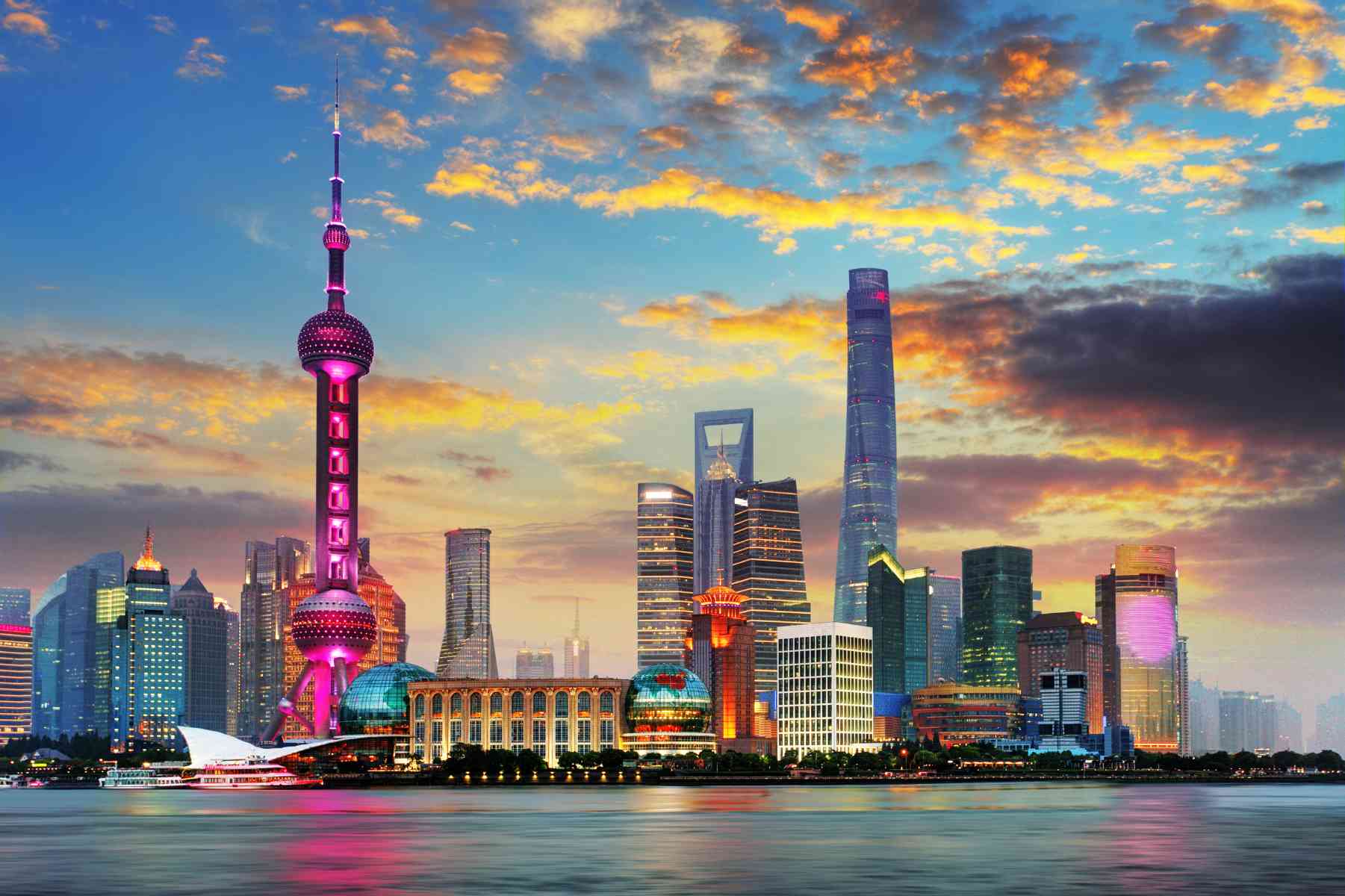
In the Philippines:
It’s best to prepare some cash before flying. Major banks and money changers in Manila, Cebu, and other big cities can exchange Philippine Pesos (PHP) to Chinese Yuan (CNY). Rates are usually better if you exchange ahead of time, instead of waiting until you arrive in China.
In China:
You’ll find currency exchange counters at international airports, banks, and some hotels. Just note that airport exchange rates are usually less favorable, so it’s smart to only change a small amount there (enough for transport or snacks) and do the rest at a bank once you’re settled.
💡 Traveler Tip: Bring some US Dollars (USD) as a backup. Many money changers in China are more familiar with USD than PHP, so it’s easier and faster to exchange.
💡 5 Essential Tips for Currency Exchange Every Filipino Traveler Should Know
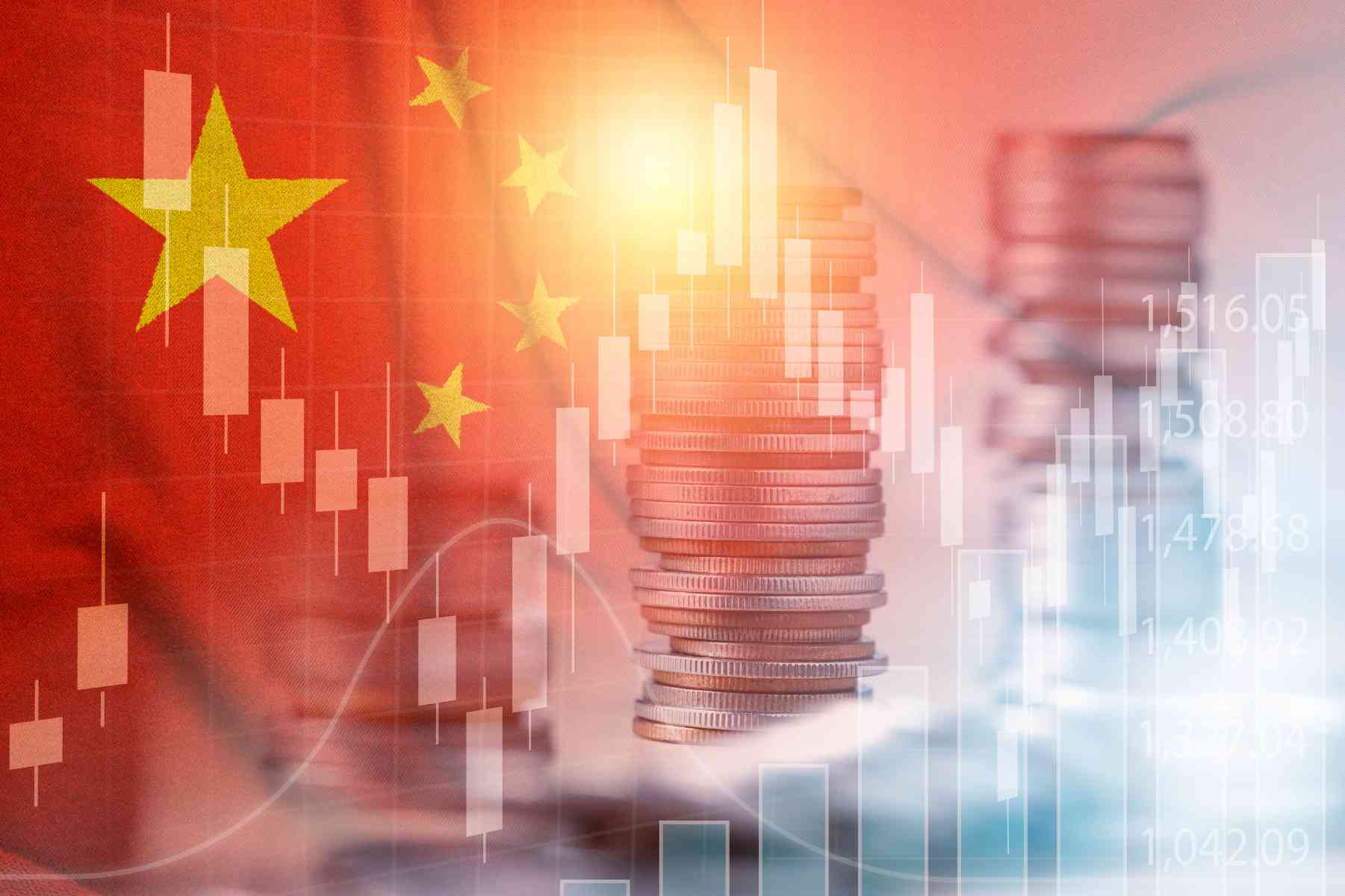
Traveling abroad is exciting, but handling money in a new country can be tricky. Currency exchange is one of the first things you’ll face, and making the wrong move can cost you more than you expect. To help you prepare, here are five practical tips every Filipino traveler should keep in mind:
1. ✅ Check the Rates Before You Go
Always check the latest exchange rate online or with your bank before flying out. Knowing how much your peso is worth helps you plan your travel budget better and avoid shocks at the counter.
2. 💵 Exchange a Small Amount in the Philippines
It’s a good idea to have at least a little foreign currency ready before your trip. Even just enough for transport, food, or emergencies upon arrival will make things smoother. Airport counters abroad usually charge higher rates, so this trick saves you money.
3. 🏦 Use Banks and Authorized Money Changers
Not every money changer is reliable. Stick to banks or licensed exchange counters to avoid getting scammed or receiving fake bills. In some countries, you’ll also find safe exchange counters inside malls.
4. 💴 Bring Small Bills for Daily Spending
Taxis, convenience stores, and street food stalls often prefer smaller notes. When you exchange money, ask for smaller denominations so you won’t struggle when paying. It’s also safer than carrying only large bills.
5. 📄 Keep Receipts for Leftover Currency
If you don’t spend all your foreign money, you may want to convert it back to pesos later. Some banks or exchange counters require the original receipt before they allow this, so always keep it safe in your wallet or travel pouch.
💴 Using Cash in China
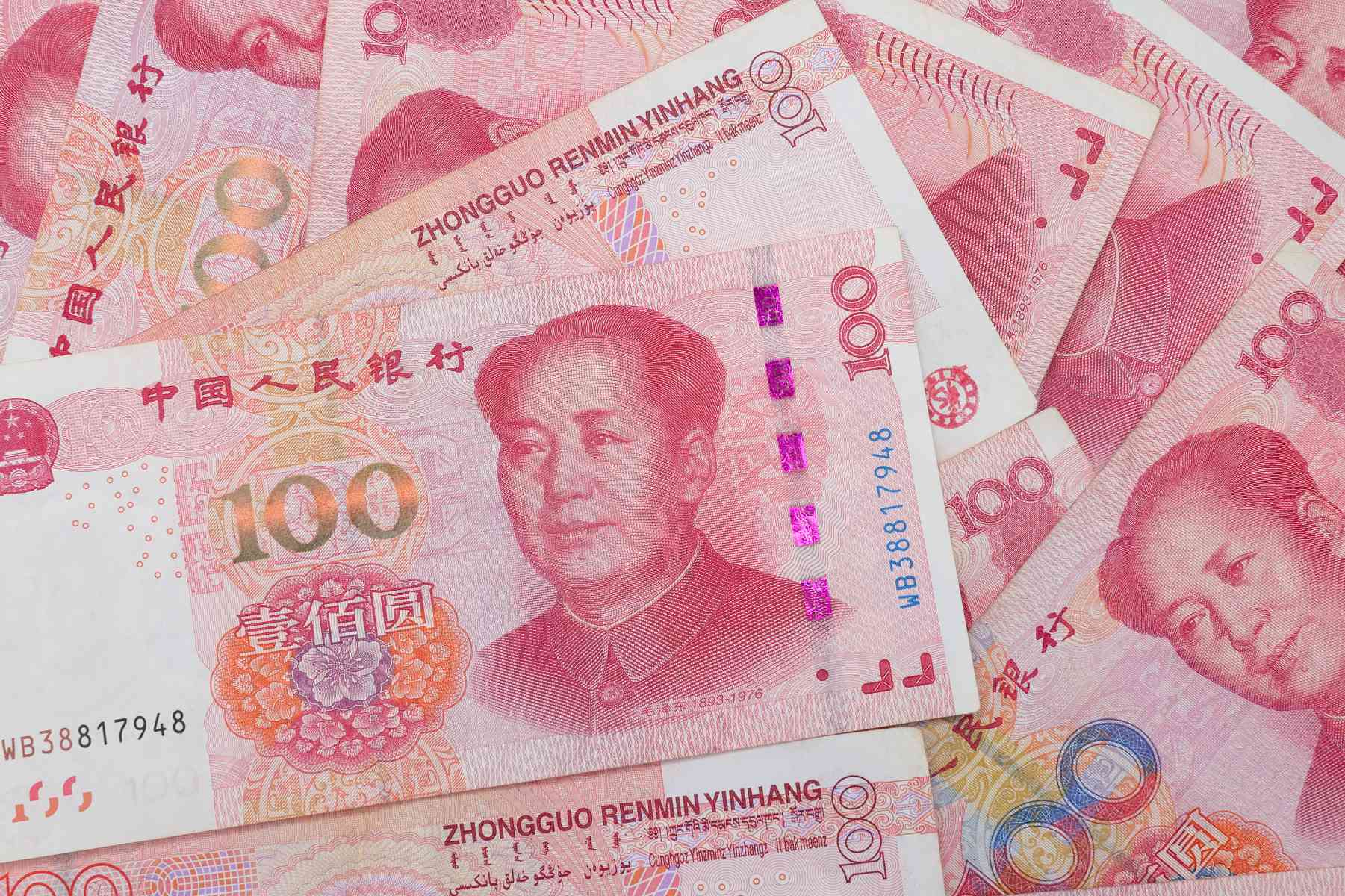
Cash is still accepted everywhere in China, especially in small shops, wet markets, taxis, and street food stalls. While big malls and restaurants often prefer digital payments, it’s always smart to carry some yuan bills and coins with you. This is especially important if you plan to visit smaller towns or rural areas, where cash is still the main way to pay.
📱 Mobile Payments in China
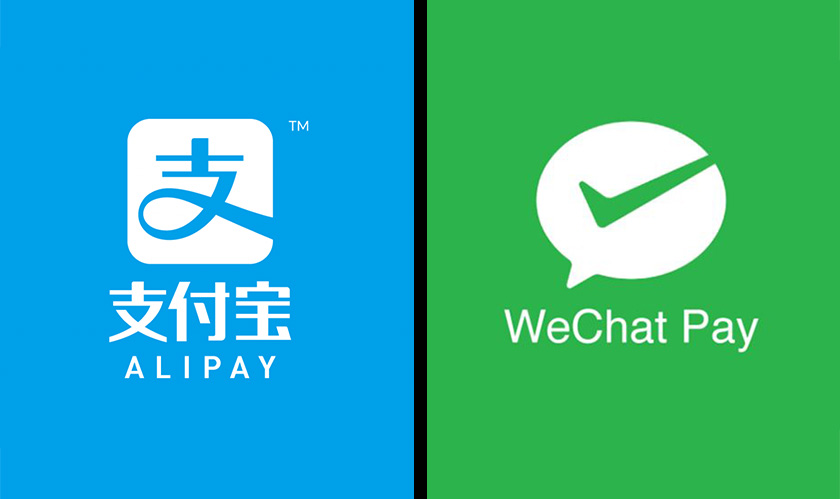
China is famous for being almost cashless. Locals use WeChat Pay and Alipay for almost everything—from paying for bottled water to buying train tickets. As a foreigner, you can also use these apps by linking your international credit or debit card (Visa or Mastercard).
💡 Tip for Filipinos: Download WeChat or Alipay before your trip, register your account, and add your card details while you still have stable internet in the Philippines. This way, you’ll be ready to pay smoothly once you arrive.
🏧 ATMs and Cards
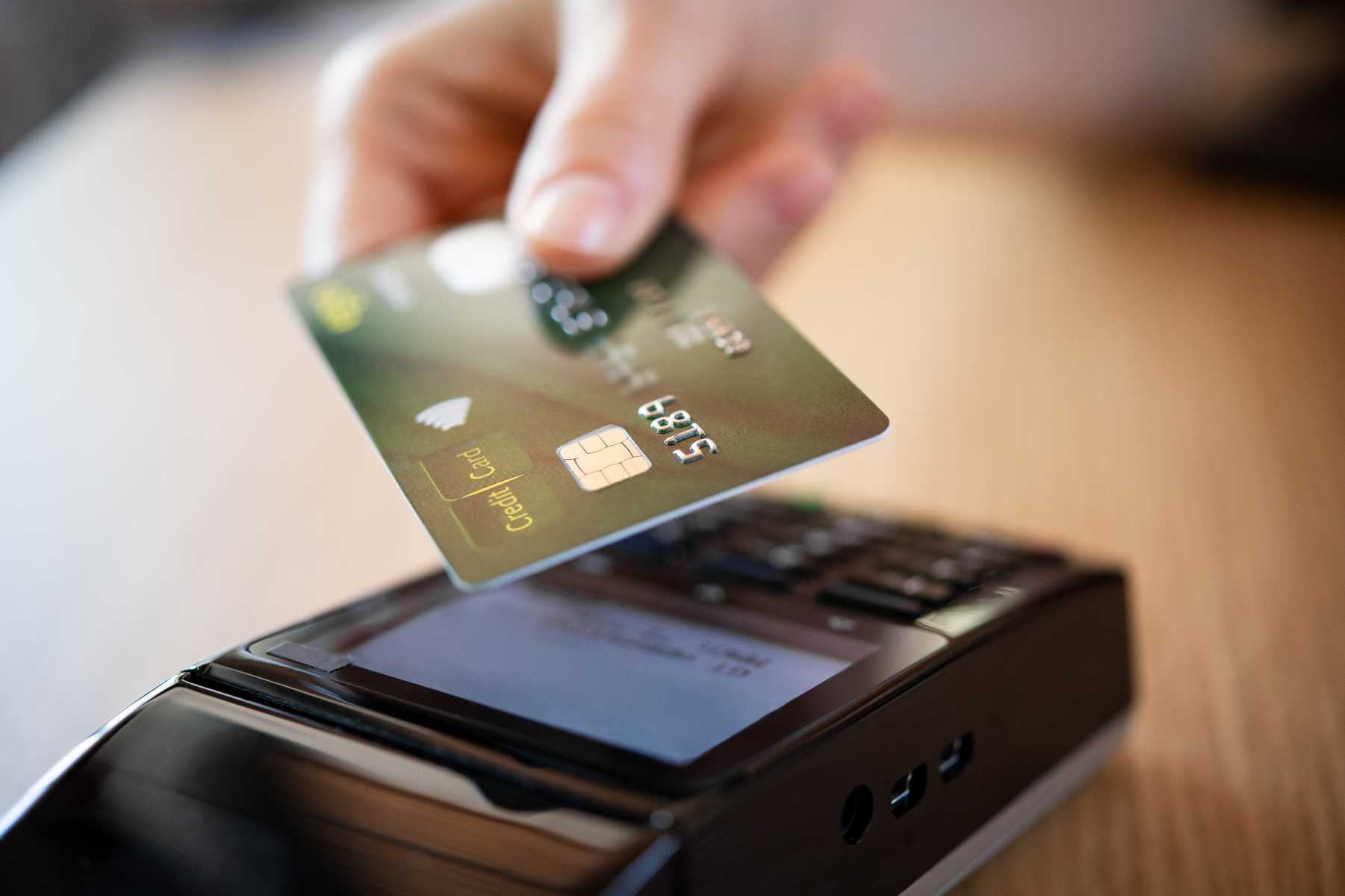
ATMs that accept Visa and Mastercard are easy to find in major cities like Beijing, Shanghai, Guangzhou, and Shenzhen. When withdrawing, always choose the option “withdraw in local currency (CNY)” for better rates.
That said, don’t rely only on your card:
- Some smaller shops, family-run restaurants, or street vendors may not accept foreign cards.
- Carrying a mix of cash and mobile payment is the safest option.
Recommended eSIMs Options for China
Final Tips for Filipinos
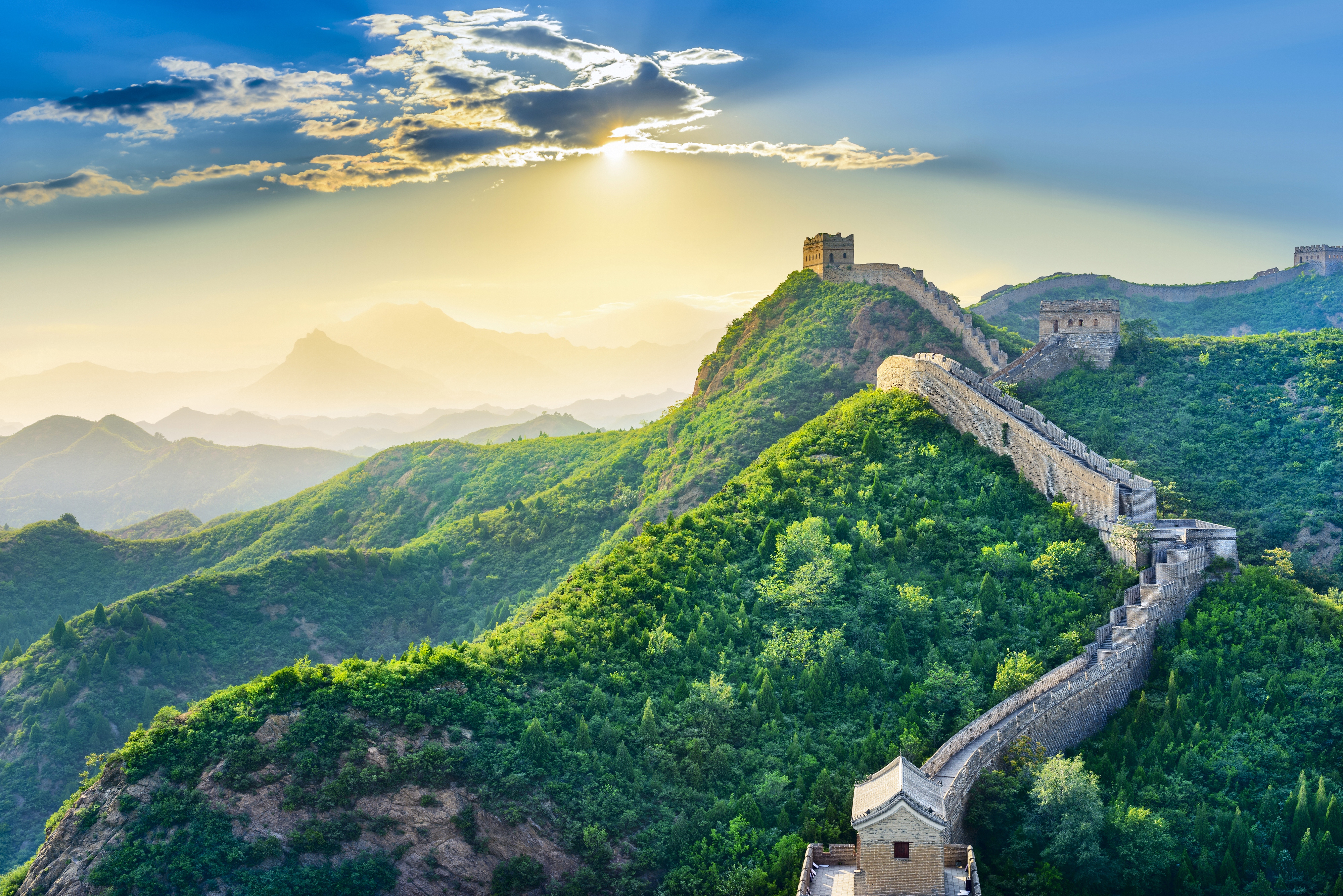
✔️ Exchange a small amount before flying – enough for your airport taxi, bus ride, or a meal once you land.
✔️ Keep small bills handy – taxis, buses, and street food stalls often prefer exact change.
✔️ Double-check your change – sometimes you may get old, torn, or even fake bills. Don’t be shy to ask for a replacement if the note is damaged.
✔️ Save your exchange receipt – some banks in China require it if you want to convert your leftover yuan back into pesos or USD before leaving.
📌 FAQs: China Currency
What is the currency in China?
The official currency is the Chinese Yuan Renminbi (CNY or RMB). Locals usually just say “Yuan.”Can I use Philippine Pesos in China?
No. You’ll need to exchange pesos into Yuan before or after you arrive.Can foreigners use Alipay or WeChat Pay?
Yes. You can link your international Visa or Mastercard to use mobile payments. It’s very convenient for shopping, dining, and transport.Are ATMs easy to find in China?
Yes, in major cities like Beijing, Shanghai, and Guangzhou. Choose “withdraw in local currency” for better rates.How much cash should I bring for one week?
About 1,000–2,000 CNY (₱8,000–₱16,000) is enough for food, transport, and small purchases. Big costs like hotels can be paid by card.

 456390 booked
456390 booked